Ban Pha Mon: The Whispering Heart of the Northern Hills

Introduction: A Journey Beyond the Horizon
In a world increasingly swallowed by noise, Ban Pha Mon remains a rare place where the earth still speaks, and tradition hums through every rice stalk and thread of cloth. Hidden deep within the emerald folds of Pang Mapha District, in Mae Hong Son province, Pha Mon village is not merely a village—it is a living story, patiently waiting to share its verses with those willing to journey beyond the edge of maps.
Setting the Scene: Where Nature and Culture Intertwine
Baan Pha Mon is perched high amidst rugged karst mountains, about 70 kilometers north of Mae Hong Son town. Accessed by traversing winding roads that hug mountainsides and diving into thick bamboo forests, the village is embraced by mists that soften the boundary between land and sky. Terraced rice fields cascade down the slopes like green waterfalls. A patchwork of rotational farms and wild jungle creates a landscape where human hands have shaped, but never conquered, nature.
In this fragile harmony, the villagers of Ban Pha Mon live as they have for generations: cultivating rice, weaving cloth, gathering herbs, and navigating a way of life intricately tied to the breathing rhythms of the land.





The Red Lahu: Keepers of an Ancient Flame
The people of Ban Pha Mon belong to the Red Lahu ethnic group, known as Lahu Nyi. Originally migrating from the Tibetan Plateau centuries ago, the Lahu are mountain people, skilled in adapting to highland ecologies. Here, culture is not displayed; it is lived.
Traditional Red Lahu garments — fiery red adorned with geometric embroidery and silver accessories — are not costumes but declarations of identity. Even as modern influences seep through the hills, villagers gather every Friday to send children to school dressed in full traditional attire, a gentle but firm stand against cultural erosion.
Stories are not written; they are sung. Folktales swirl in the evening air, telling of spirits, ancestors, and the sacredness of the forest. Language flows in a unique cadence, threading villagers together in a tapestry unseen yet deeply felt.
Life at the Pace of Seasons
Ban Pha Mon does not tick to the mechanical clock; it breathes with the seasons. Planting and harvest, birth and festival, rainy season and dry — these are the metronomes of village life.
Days begin before the mist lifts, with the thud of mortar grinding rice and the soft slap of water on handwoven baskets. Afternoons shimmer with the buzz of insects over paddy fields. Nights settle into the gentle glow of solar lamps and the crackle of shared fires. Meals — hearty, simple, sacred — are crafted from what the land offers: bamboo shoots, wild greens, mountain rice, river fish.
Though solar panels and mobile phones make cautious appearances, Pha Mon village remains proudly, defiantly rooted in the soil of its ancestors.


The Pilgrim’s Reward: Trekking Into the Soul of the Hills
Reaching Ban Pha Mon is no passive tour; it is a pilgrimage. Visitors often begin their journey from Chiang Mai or Pai, winding through the rugged beauty of Route 1095 to Pang Mapha, and finally reaching Pa Mai Daeng, the gateway into the wild.
From there, a 4-5 hour trek awaits. Trails lead across streams whispering over stones, through bamboo corridors, and under canopies alive with birdsong. Footsteps echo the ancient paths once worn smooth by traders and travelers. Each step strips away layers of haste and noise, until arrival at Ban Pha Mon feels less like an end, and more like a homecoming.
In the village, travelers can stay in humble homestays, share meals with families, join evening story circles, or weave cloth under the patient tutelage of Red Lahu grandmothers. Trekking here is not about conquering nature but about entering into a respectful dialogue with it.
Why Ban Pha Mon Endures
Baan Pha Mon is more than a scenic trekking destination or a cultural curiosity. It is a living memory, stubborn and graceful. It teaches that resilience does not come from domination, but from listening—to the earth, to each other, to history.
For travelers willing to trade the comforts of predictable tourism for the authenticity of meaningful experience, Ban Pha Mon offers not just a visit but a transformation. In its woven cloth, its whispered legends, and its mist-cloaked mornings, Ban Pha Mon cradles a truth: that the old ways, though fragile, still have much to teach the hurried hearts of the modern world.
Come not to watch, but to walk. Come not to take, but to listen. In Ban Pha Mon, every path, every smile, every shared meal is a thread pulling you gently, inevitably, into a deeper story — one where the hills remember, and the heart answers.
Written with reverence for Ban Pha Mon, the Red Lahu people, and the enduring spirit of the northern hills.
Our services :
Nearby Echoes: The Wider Song of the Land
Ban Pha Mon is part of a constellation of cultural stars in Pang Mapha. A short journey brings visitors to Ban Jabo, a Lahu village famed for its clifftop noodle restaurants and sunrise vistas that pour gold into the valleys. To the east lies Ban Mae Lana, guarding the entrance to Thailand’s longest cave system and offering deeper forays into ancient limestone cathedrals.
Each village hums its own melody, but all share a profound connection to the land, a rhythm that can be felt in the pulse of waterfalls and the hush of forests.


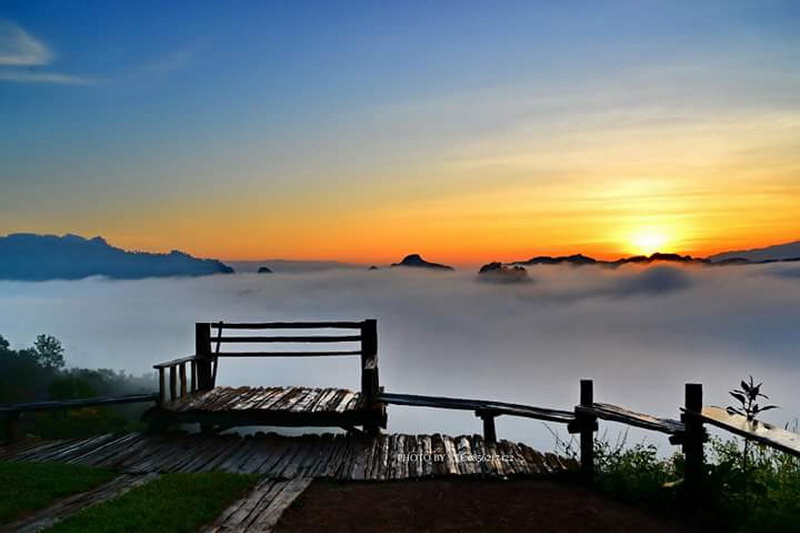
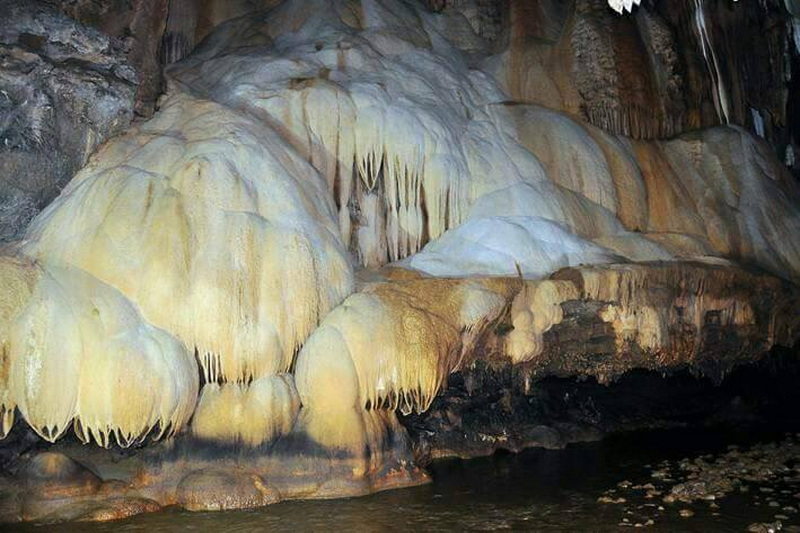



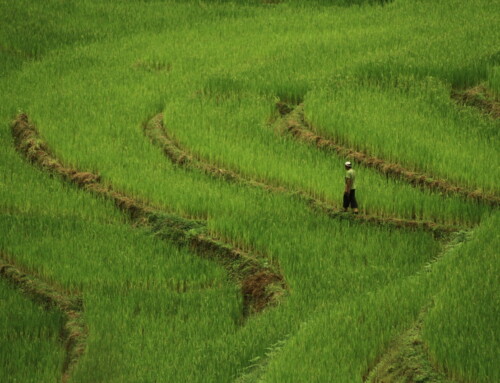

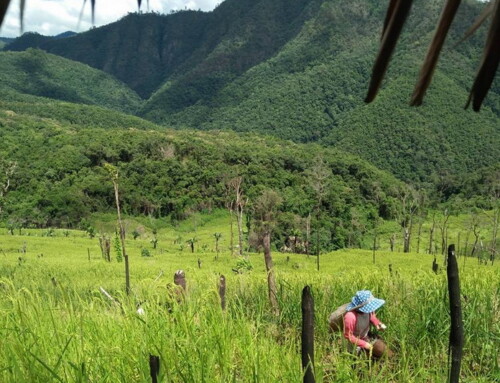
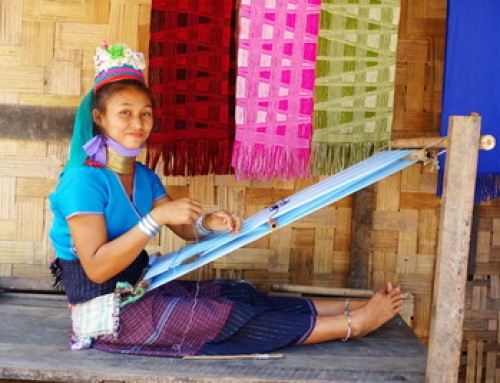



Leave A Comment